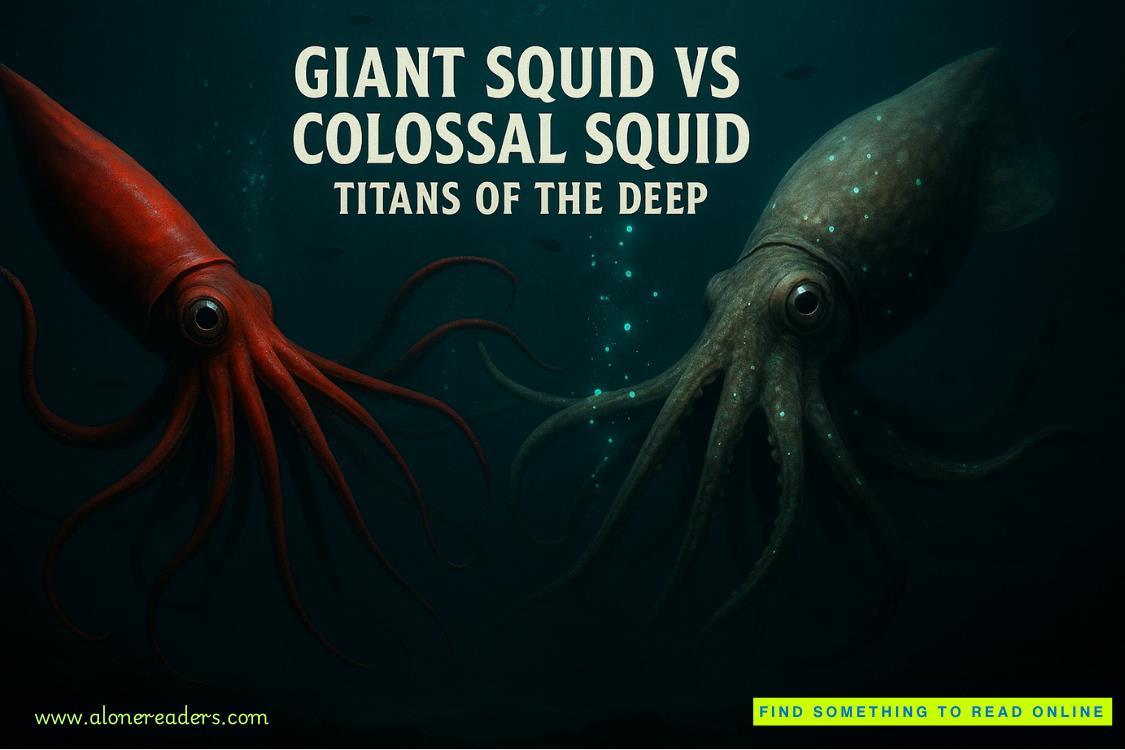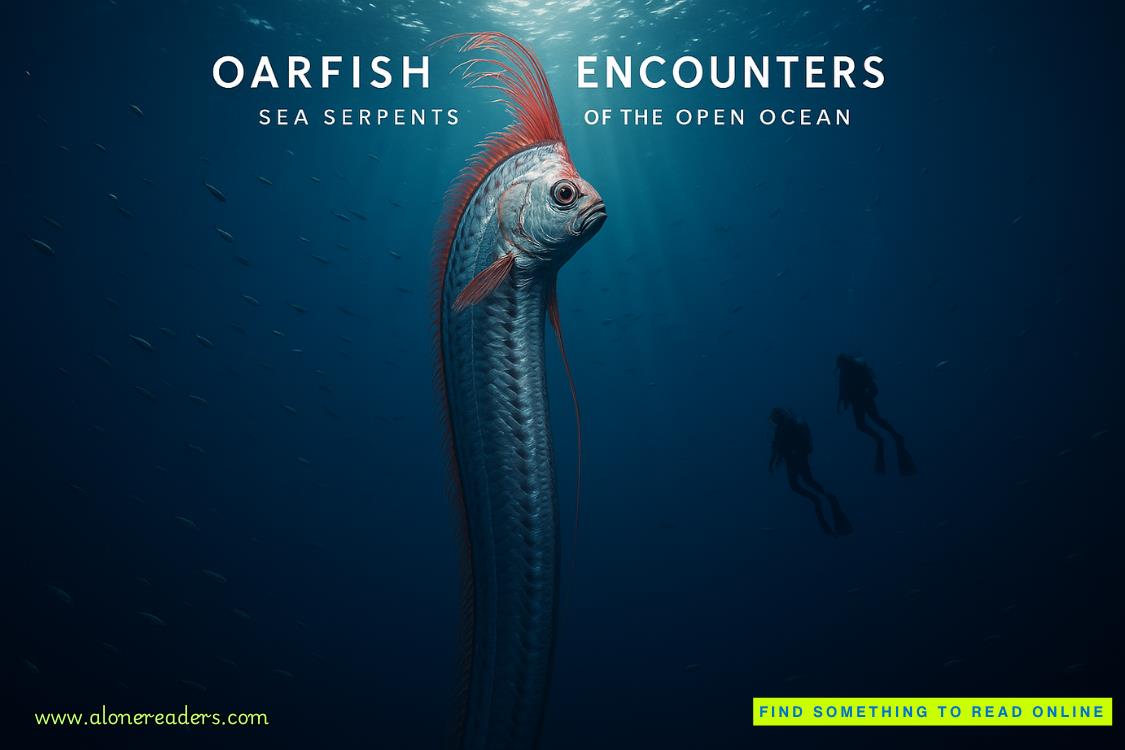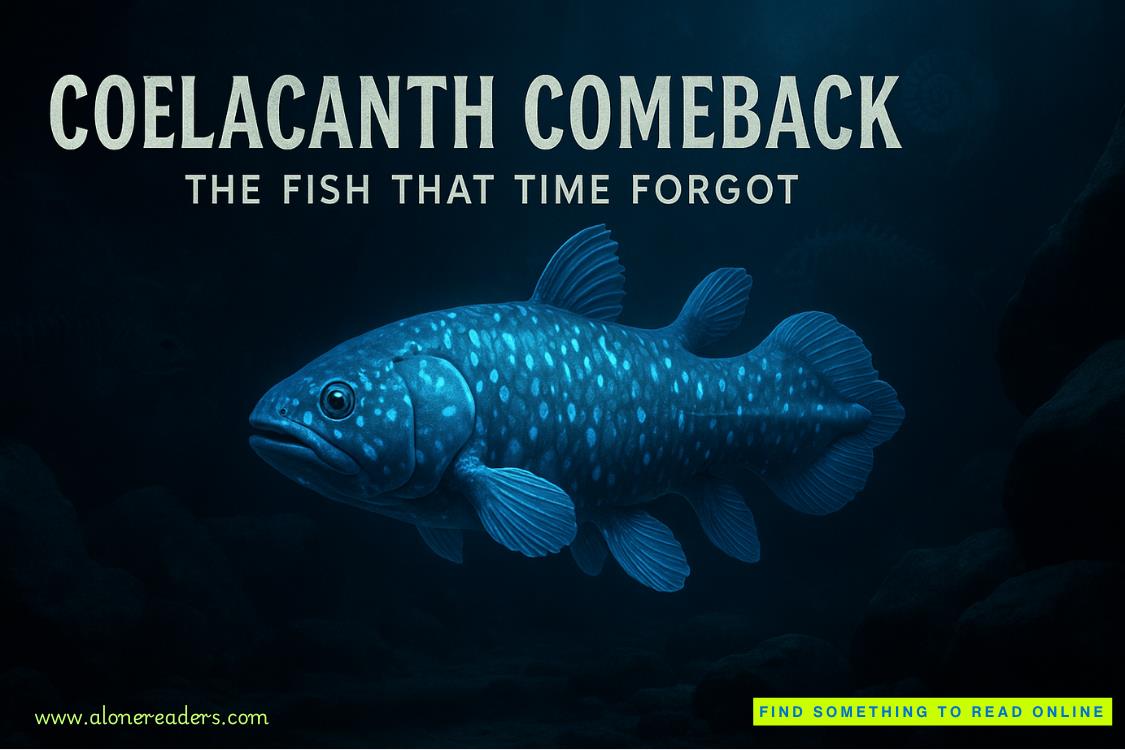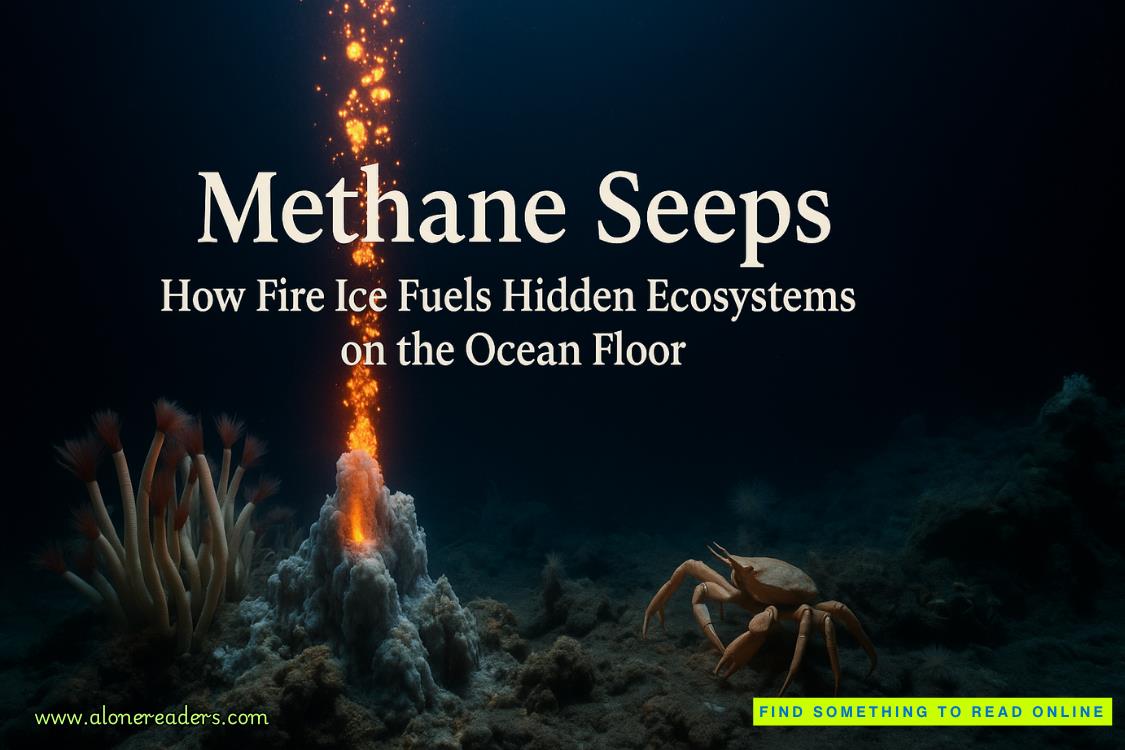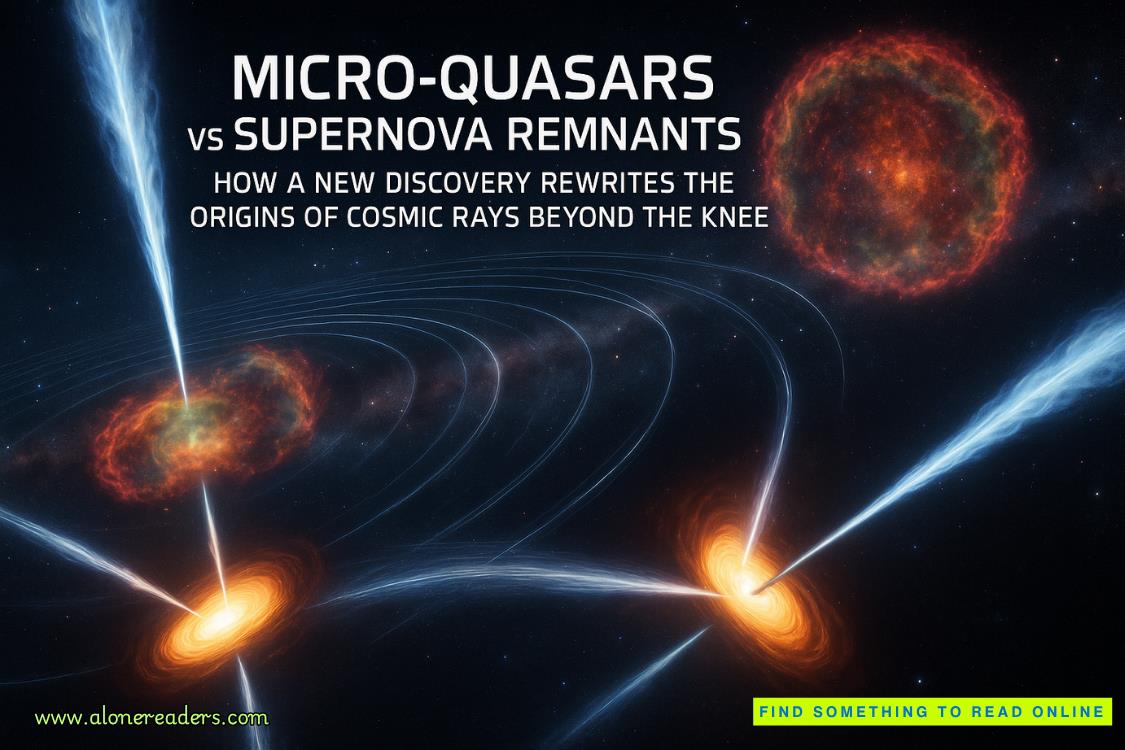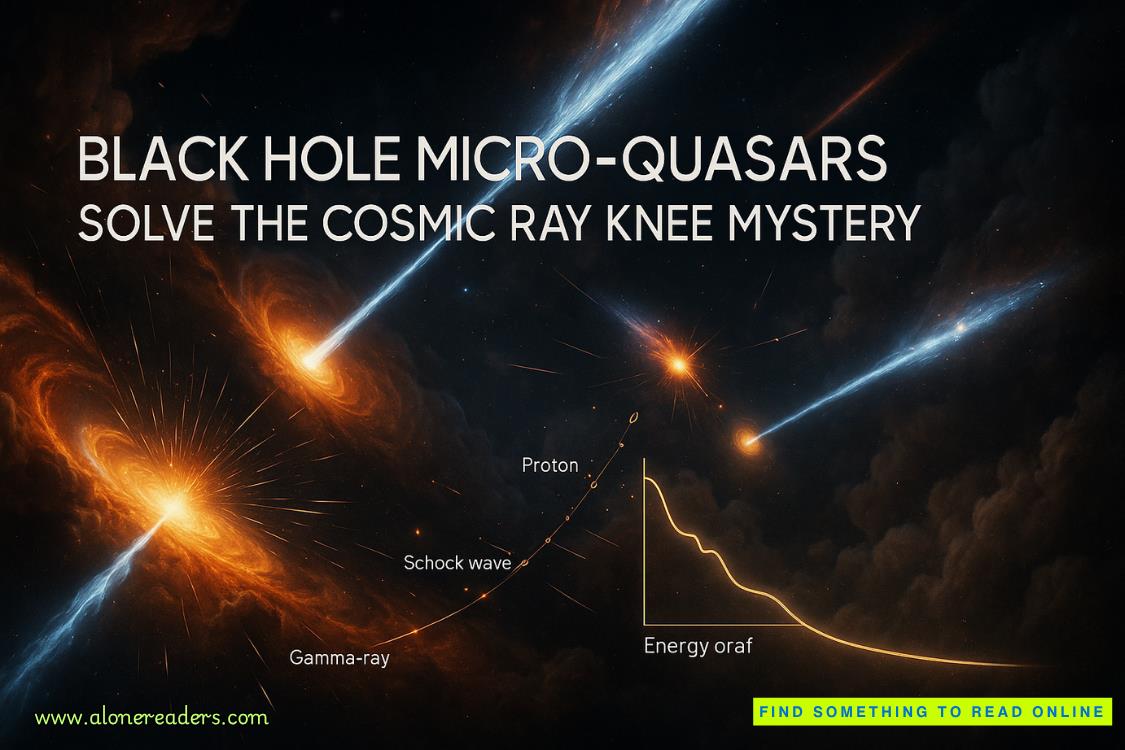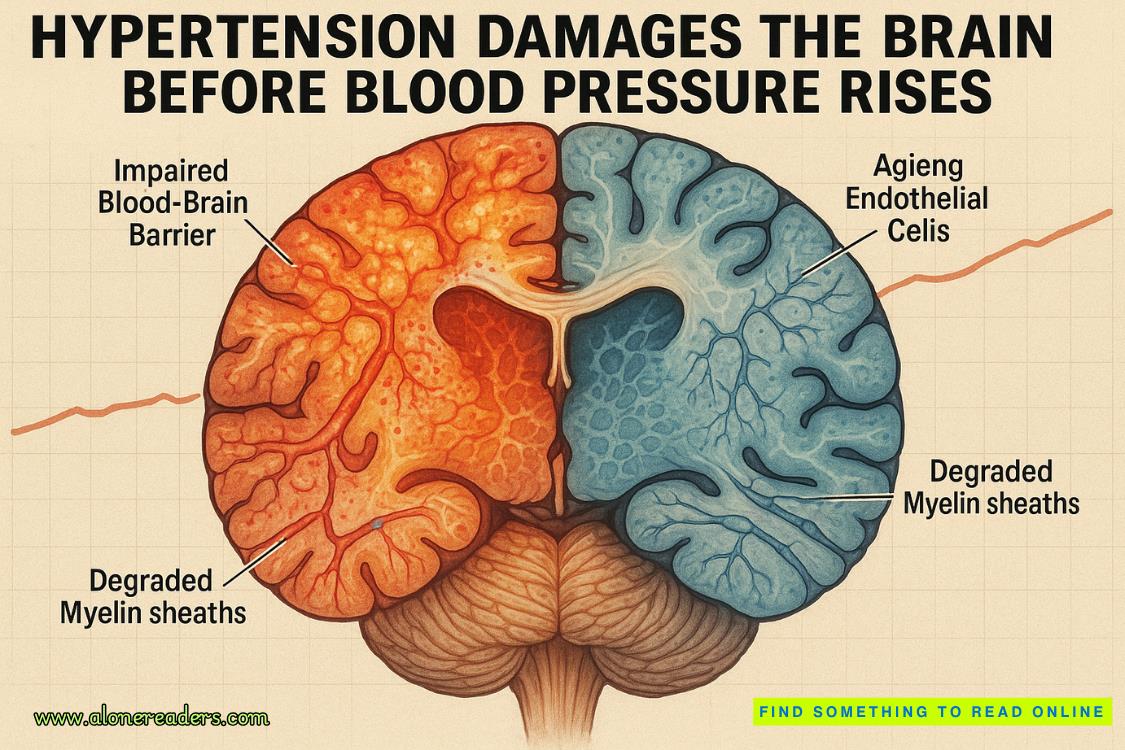Page 4 of Dangerous Minds (Knight and Moon 2)
Riley stared at him for a couple beats thinking it was a good thing he had great abs because he wasn’t going to get far with the quirky humor. She turned her attention to the book in front of Emerson. It was opened to a map of the Pacific Ocean, showing an area about two hundred miles north of Samoa.
“There must be at least a hundred islands,” Riley said. “Any one of them could be your monk’s island.”
“And those are just the mapped islands. There are probably a hundred more that nobody’s ever bothered to survey.”
“It’s like trying to find a needle in a haystack,” Riley said.
“Then let’s find the needle.”
“You don’t find the needle,” Riley said. “It’s a metaphor for an unsolvable problem.”
“Ah, but the problem isn’t unsolvable,” Emerson said. “When Wayan Bagus told me he was going to spend a couple years living in solitude on a deserted island, I sent him an emergency satellite transponder. Fortunately he brought the transponder back with him, and he gave it to me before he went to bed.”
Emerson pulled from his pocket a small orange device that looked a little like a walkie-talkie.
Riley turned the transponder to the ON position. This one had more bells and whistles than the ones she’d used hiking the Texas backcountry with her father and brothers, but it operated on the same basic principle: to send out a beacon signal with GPS coordinates so that first responders could locate you.
“What am I looking for?” she asked.
“The data history. We should be able to use it to track Wayan Bagus’s movements over the past couple months.”
Riley read off the first set of GPS coordinates, and Emerson plugged them into his laptop.
“That one is Rock Creek Park, Washington, D.C.,” Emerson said. “Mysterioso Manor, to be more precise. They’re in reverse chronological order. Skip backward until you find a period of time where he was in just one place for a while. We can assume anything else is him traveling to America.”
Riley scrolled through the data. “He was at 8°24'34.2648" south and 115°11'20.1084" east for a couple weeks.”
“That’s a small island off the coast of Bali,” Emerson said. “That’s where he went after he was evicted from his stolen island. How about before that?”
“He was at 11°3'36.3544" south and 171°5'39.2232" west for six months.”
“Bingo,” Emerson said. “That’s in the middle of the ocean, about two hundred miles from Samoa. He was either floating around in the Pacific for half a year or that’s his deserted island hermitage.”
Riley put the transponder on the desk and traced her finger down the map in the book to 171° west, looking to see if there were any islands in the approximate area. “Here! There’s a little unnamed island, labeled with those exact coordinates.”
“Odd,” Emerson said. “This island had obviously been surveyed at the time of the book’s publication ten years ago, but the image from Google Earth shows nothing but ocean at that location.”
“Not surprising,” Riley said. “Google Earth also shows an empty field where my parents live. Everybody knows it’s just a compilation of various satellite images and still photographs. It’s notoriously inaccurate when it comes to rural and unpopulated areas.”
“Perhaps,” Emerson said, accessing the National Oceanographic and Atmospheric Administration website. “Let’s check out the most current nautical maps. These were revised last year.”
Riley looked over Emerson’s shoulder as he found the set of online maps that corresponded to page 233 in the book.
“There’s nothing at 11°3' south by 171°5' east,” she said. “In fact, there’s not even anything close to that location, except water. It doesn’t make sense. The island was there five months ago. Wayan’s emergency transponder proves that. And the NOAA mapped it more than ten years ago. So why isn’t it on the most current NOAA maps?”
Emerson smiled. “There’s only one explanation. Someone erased the island from the NOAA database.”
“Why would someone do that?” Riley asked.
“For the same reason a murderer hides the body,” Emerson answered. “To cover up a crime. Someone stole Wayan Bagus’s island. Tomorrow we’re going to hunt it down.”
TWO
Riley woke up at eight in the morning, stretched out on the giant sheepskin rug in the library. She was still wearing yesterday’s clothes, and Emerson had obviously covered her with a comforter and put a pillow under her head sometime during the night. The NOAA book was lying next to her, still open to the last page Riley had read before falling asleep.
Her first thought was that it was sweet of Emerson to tuck her in. Her second thought was that there was something stuck to her forehead. She reached up and removed a Post-it note.
There are only two mistakes one can make along the road to truth: not going all the way and not starting. Having breakfast with Wayan.
